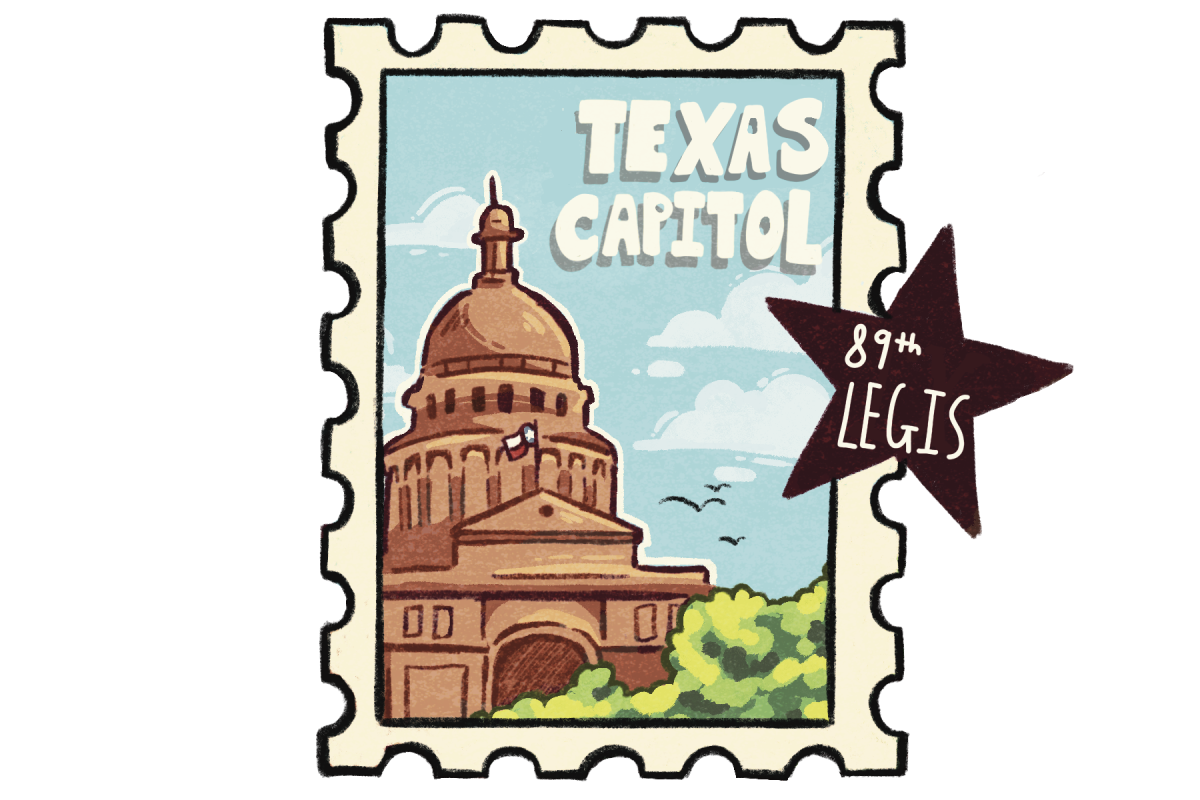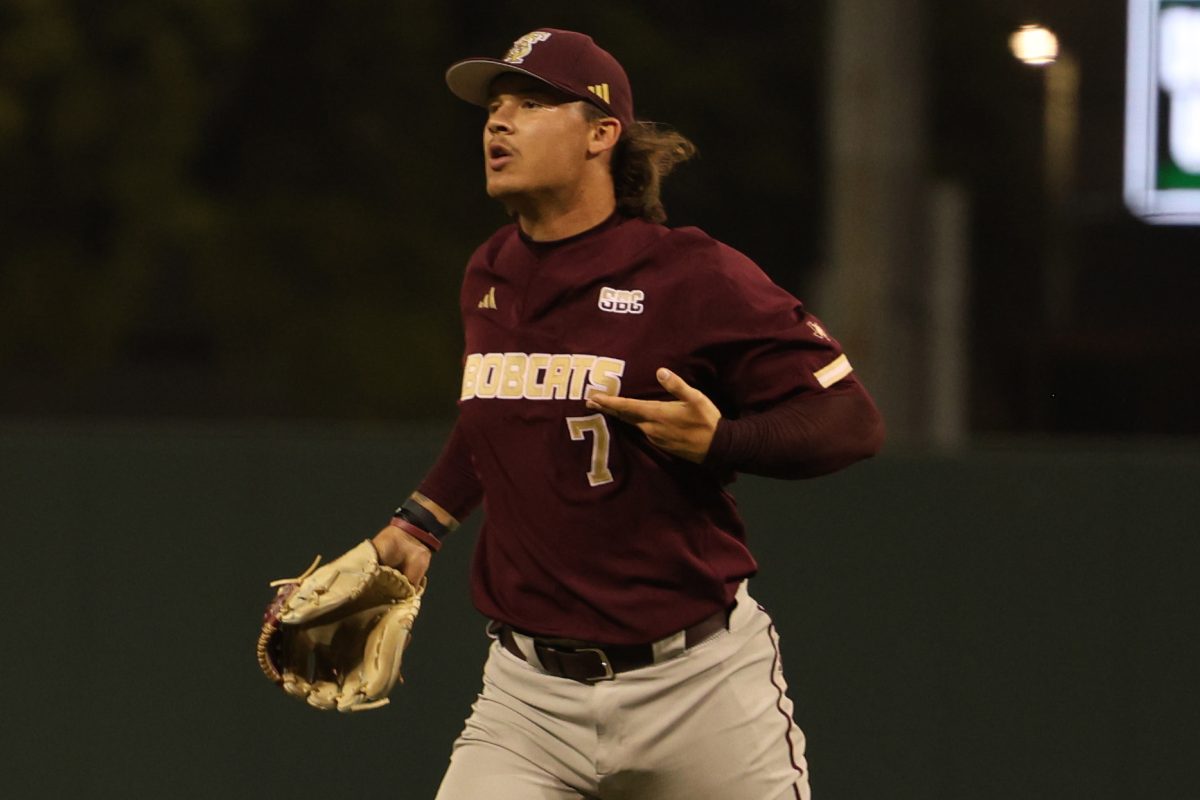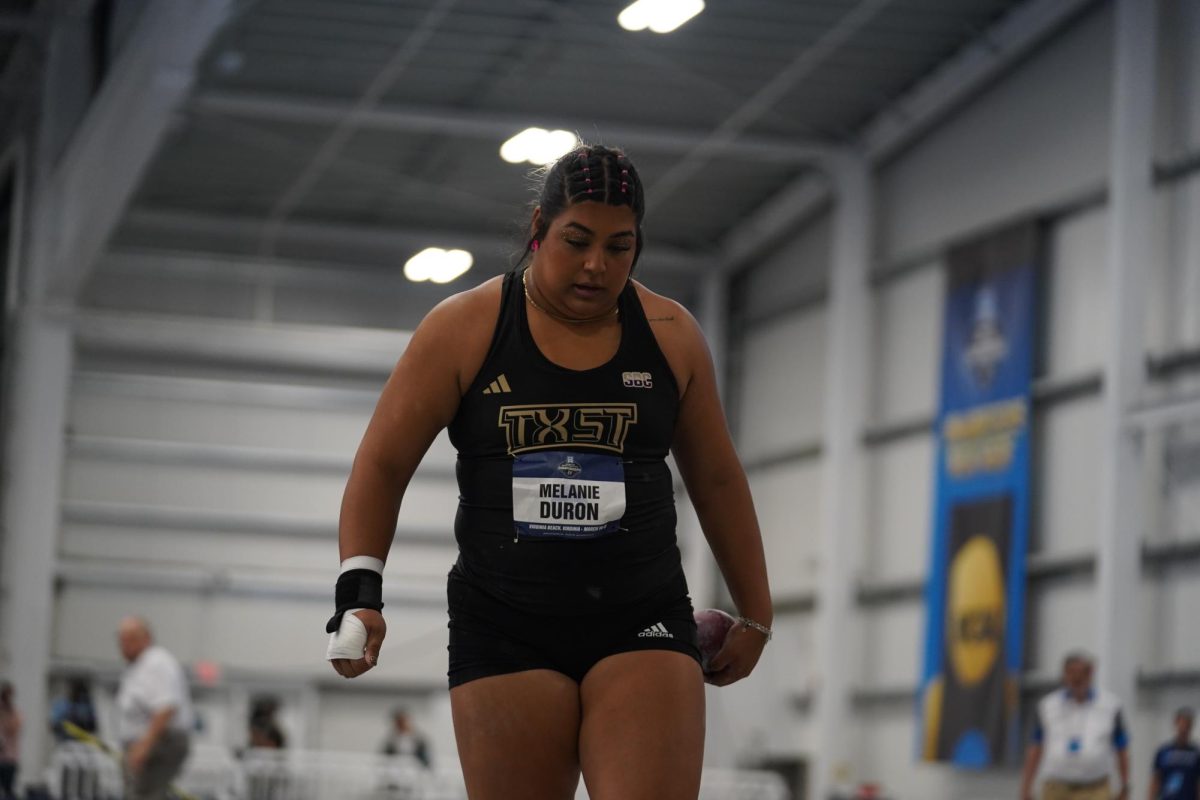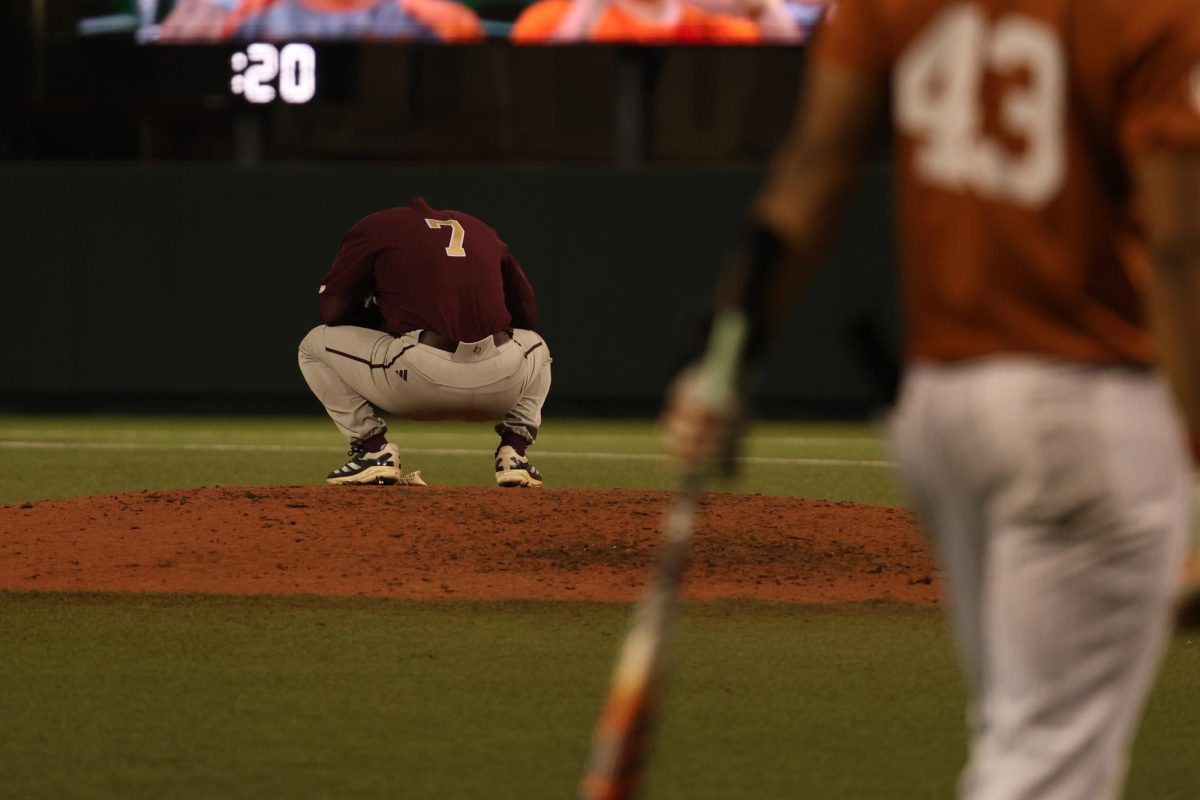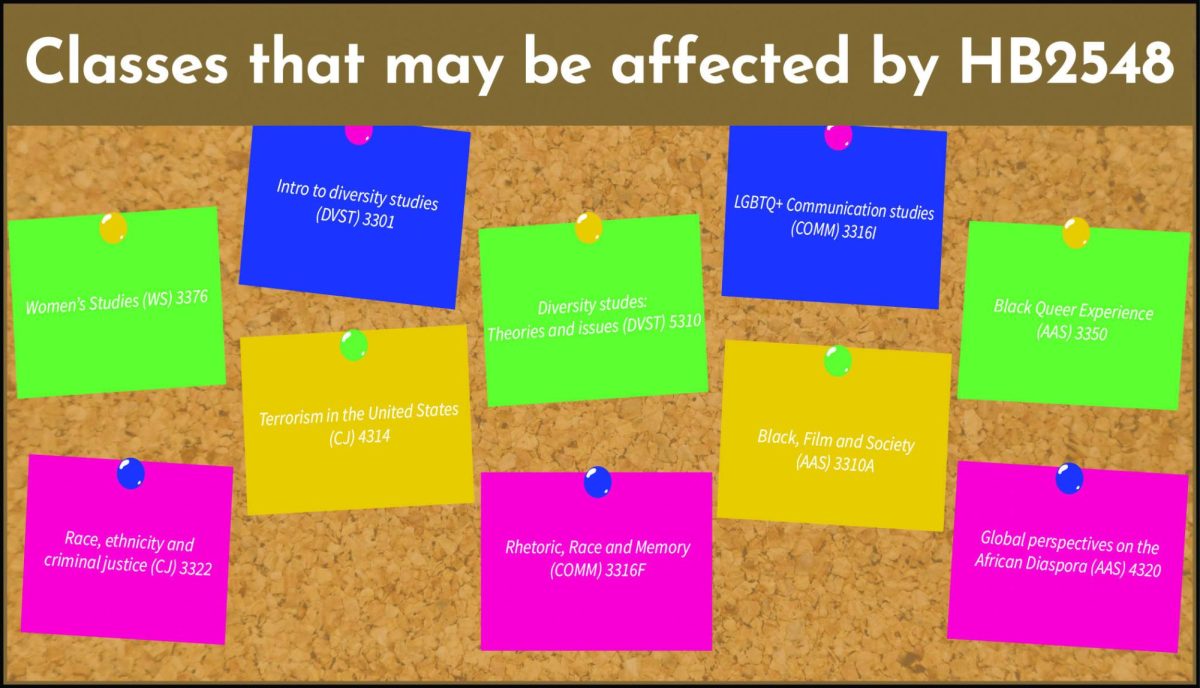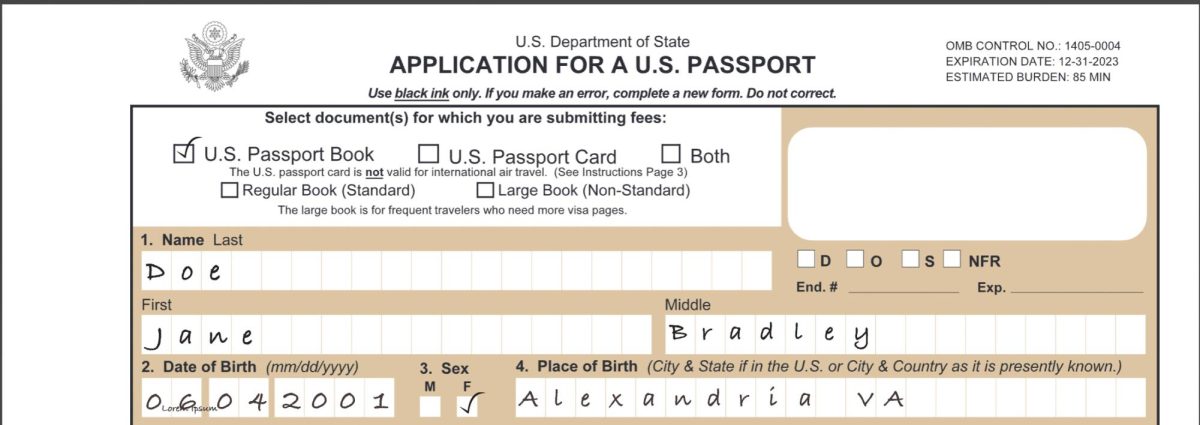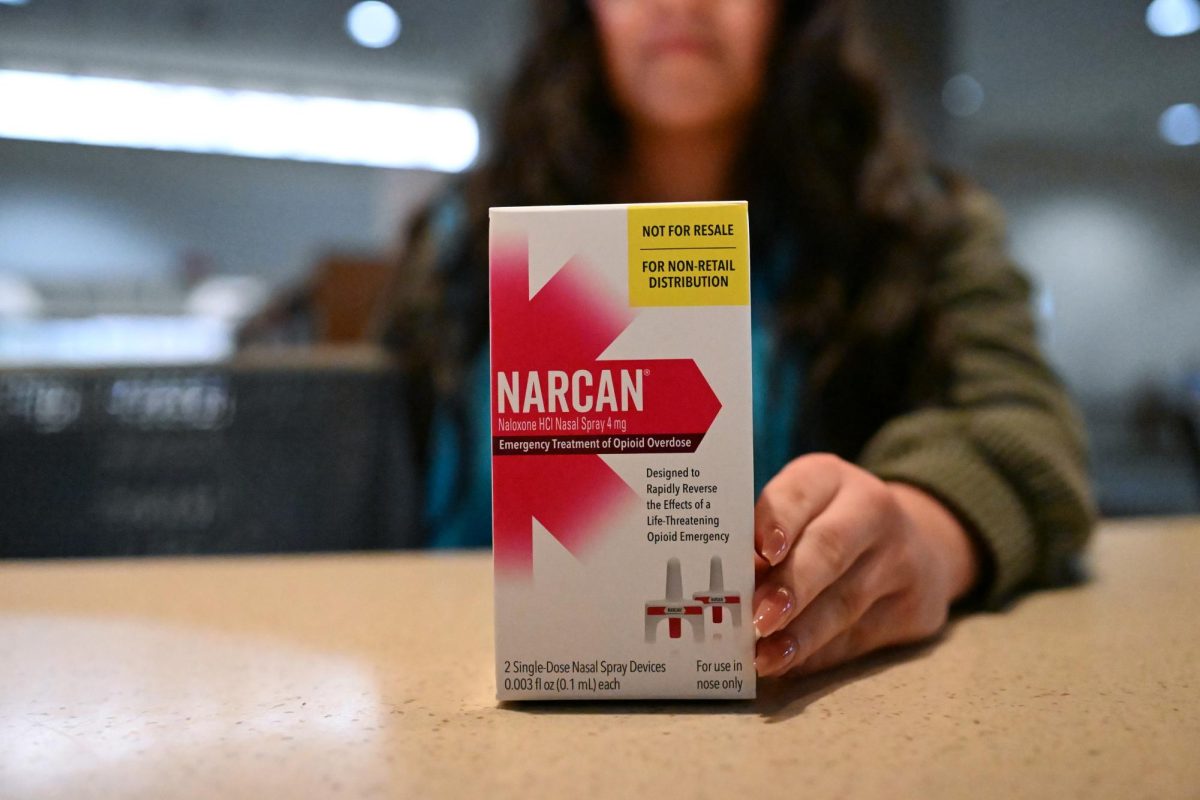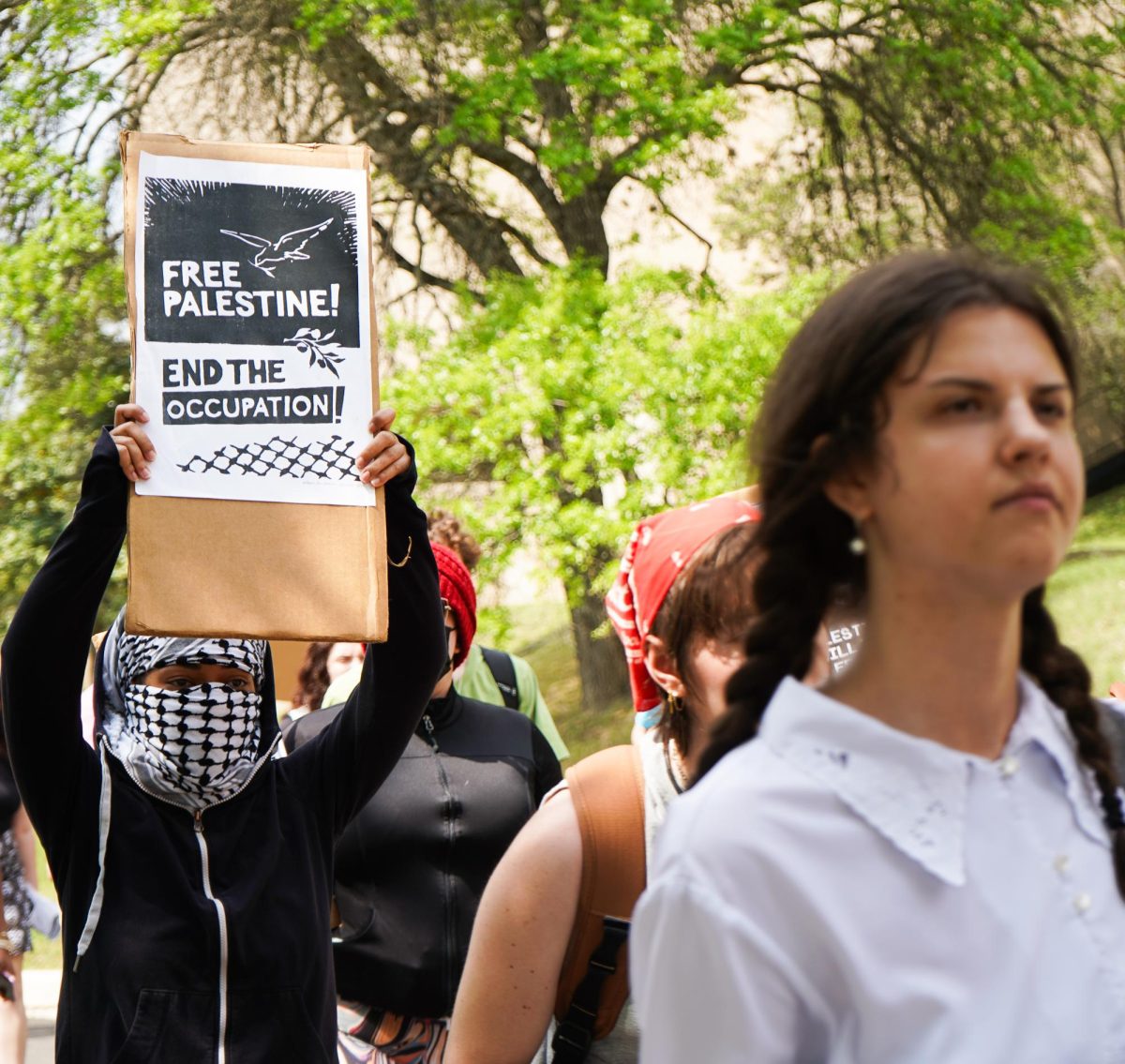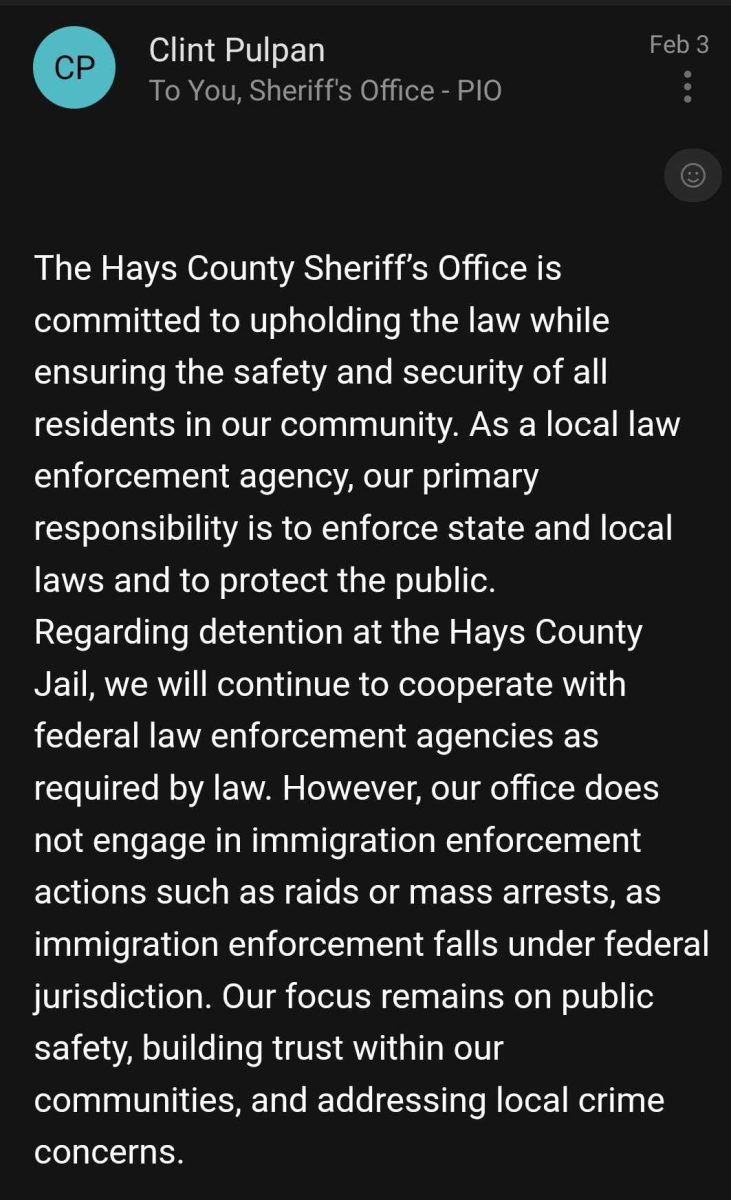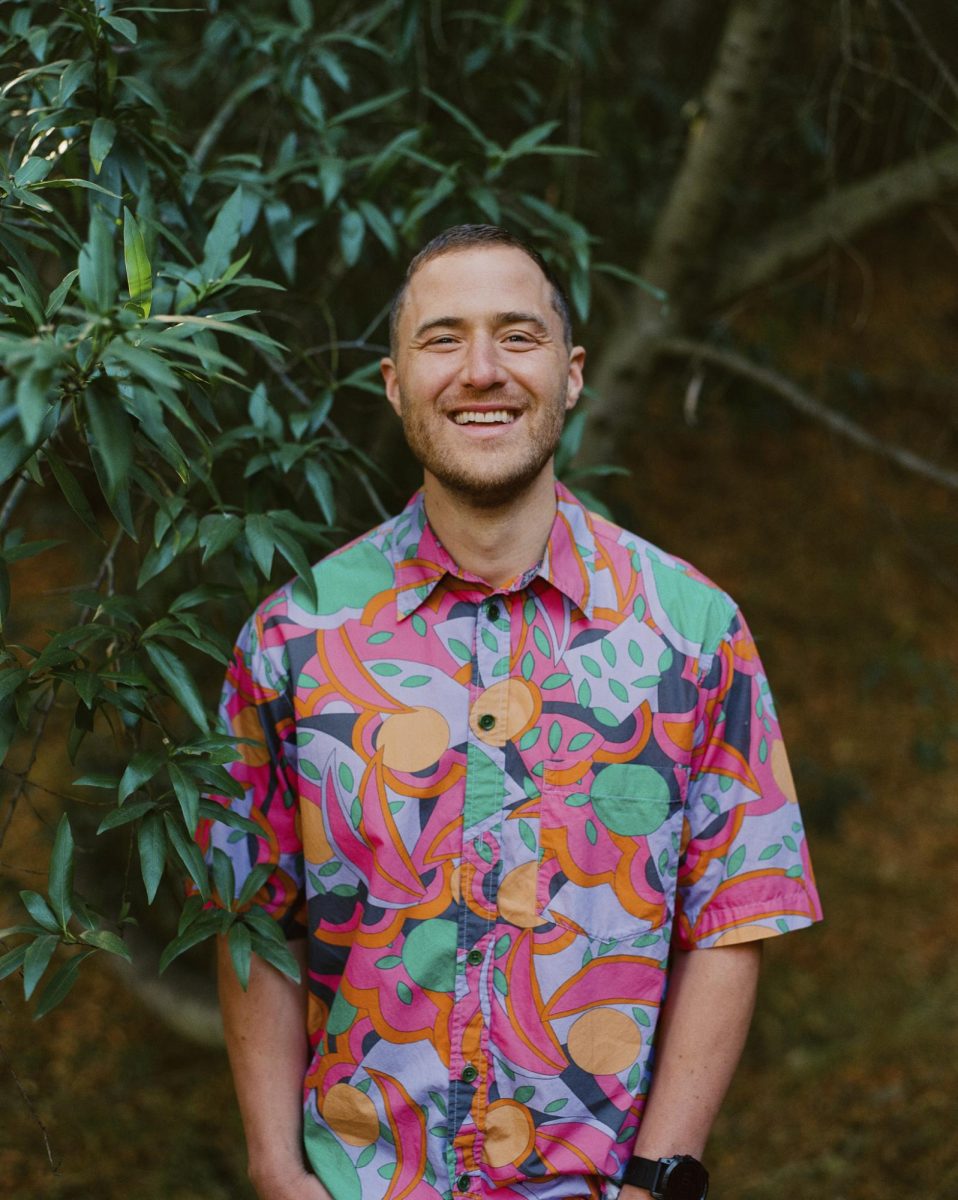“I think the biggest change it would make for me, honestly, is getting out of the state of Texas,” Blumenshein said. “I still feel called to public school… But I’ve even said to my partner, ‘We might need to move sooner. This is not looking good.’”
The bills she’s referring to are House Bill 3 and Senate Bill 2, which would establish Education Savings Accounts (ESAs) – essentially school vouchers – that use public tax dollars to help parents cover private school tuition. If passed, the state would allocate $10,000 per student and $11,500 for students with disabilities, with the Texas Education Agency projecting that 100,000 students could participate in the first year.
Many lawmakers have framed the legislation as a win for school choice, especially for underserved communities and students with special needs.
“Both chambers are prioritizing low-income and special needs students, creating the largest school choice launch in the nation,” Sen. Brandon Creighton, who leads the Senate Education Committee, said in late February.
However, faculty at Texas State and educators in San Marcos say the program could drain funding from public schools and make it harder to recruit and retain teachers, particularly in regions that already struggle with resources.
Blumenshein, who grew up in private school, said her values changed as she began pursuing public higher education. She chose to pursue teaching because of the unique support system public schools provide for students who may not have one elsewhere.
“I want to meet the needs of people who have needs, and I feel that’s best in public schools,” Blumenshein said. “What I love about public schools is that… you can guarantee that those eight hours that [students are] there with you is a safe space.”
Voucher limits fall short of actual tuition
The proposed ESA amounts fall short of covering tuition at many Texas private schools. San Marcos Academy, a local private Christian school, charges more than $30,000 per year, making it the second most expensive K-12 school in the state.
The disparity is not just in San Marcos. The average tuition cost of attending a private school in Texas is $11,348 per year.
Glenna Billingsley, chair of Texas State’s Department of Curriculum and Instruction, said this gap means the program won’t increase access for low-income families as intended. Instead, it may end up subsidizing the cost of private education for families who are already able to afford it.
“Private schools can choose who they want to accept,” Billingsley said. “It ends up being a way for parents who already have means to get additional help from the state.”
As public schools lose students, they lose funding, a shift that could disproportionately impact schools in communities like San Marcos, where 56% of students are economically disadvantaged.
Andrew Fernandez, chief of communications & technology at San Marcos Consolidated Independent School District (SMCISD), said they have to find innovative ways to stay within their budget.
“So how [school voucher] affects me and all of us that work for San Marcos CISD definitely comes down to budget deficits,” Fernandez said.
Certification rules apply to public teachers, not private
While the state prepares to potentially expand funding for private schools, another bill, House Bill 2, would increase certification requirements for public school educators. The bill, part of a broader school finance package, would require K–5 reading and math teachers to be certified by fall 2026, with all core academic teachers certified by fall 2027.
However, private schools accepting voucher funds would not be held to the same standards. They would still be allowed to hire teachers without state certification, even while receiving public dollars through ESAs.
That double standard has raised alarms for public school leaders.
“All of our teachers are highly qualified,” Fernandez said. “Private schools don’t offer that same thing.”
Faculty at Texas State worry the disconnect sends a message that high-quality teaching is only expected in public classrooms. Jim Van Overschelde, associate professor in the College of Education, said the policies could reinforce inequities in how students are taught across systems.
“There’s a potential… that we end up with this two-tiered system where only people who can afford to pay the extra amount can go to the private schools,” Van Overschelde said.
Special education students may not benefit as intended
Though the legislation offers higher voucher amounts for students with disabilities, Van Overschelde said private schools are not obligated to provide the same level of services required in public schools. Without Individualized Education Plans (IEPs) or trained staff, those students may not receive the support they need.
“If there’s only one student going to the private school who needs [special education] services, those dollars have to go toward funding a person to do whatever the additional supports are necessary,” Van Overschelde said. “Whereas in the public school, there’s a greater number of students who need services so that one person is paid for by each of those students.”
He also raised concerns about constitutionality, pointing to language in the Texas Constitution that requires a “free, efficient public education.”
“If a school takes a voucher, then they cannot require that student to pay additional funding, or else the education is not free,” Van Overschelde said.
Texas State’s teacher pipeline under pressure

Texas State, which began as a teaching college in 1899, is still one of the state’s leading producers of certified educators. But that tradition is facing new challenges. Between fall 2019 and fall 2024, enrollment in the College of Education dropped by nearly 11%.
Billingsley said the drop reflects a changing landscape. With fewer school districts requiring certified teachers, due in part to Texas’ District of Innovation law, some students are opting out of traditional educator preparation programs altogether.
“We are about half of where we were in 2019 [with enrollment],” Billingsley said. “Classes where we would have four sections of 30 students, we may have two sections that are not filled.”
Shrinking enrollment means fewer resources for the college. Billingsley said university leadership has prioritized funding for growing programs, like business and engineering, while scaling back investment in teacher education.
Still, she believes in the long-term impact of strong public educators.
“The only reason you’re in engineering or sciences is because you had some third or fourth or fifth grade teacher that sparked that interest,” Billingsley said. “It all starts in public school. It starts with a great teacher who nurtures someone’s passion and sets them on a trajectory.”
As of March 12, HB 3 is pending in the House Committee on Public Education, and SB 2 passed the Texas Senate and is scheduled for a House Committee on Public Education hearing on April 1.
Hope Jimenez contributed to this article.



